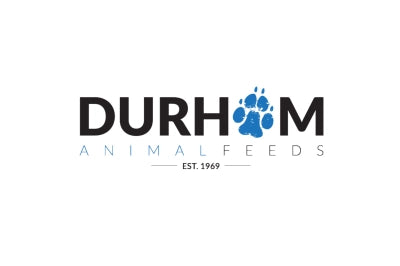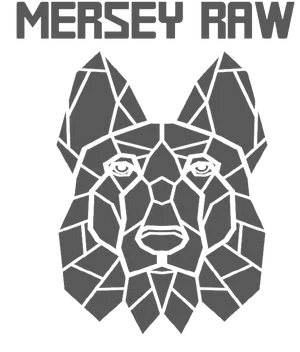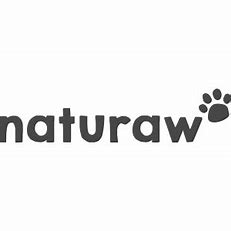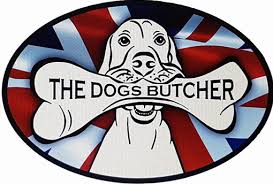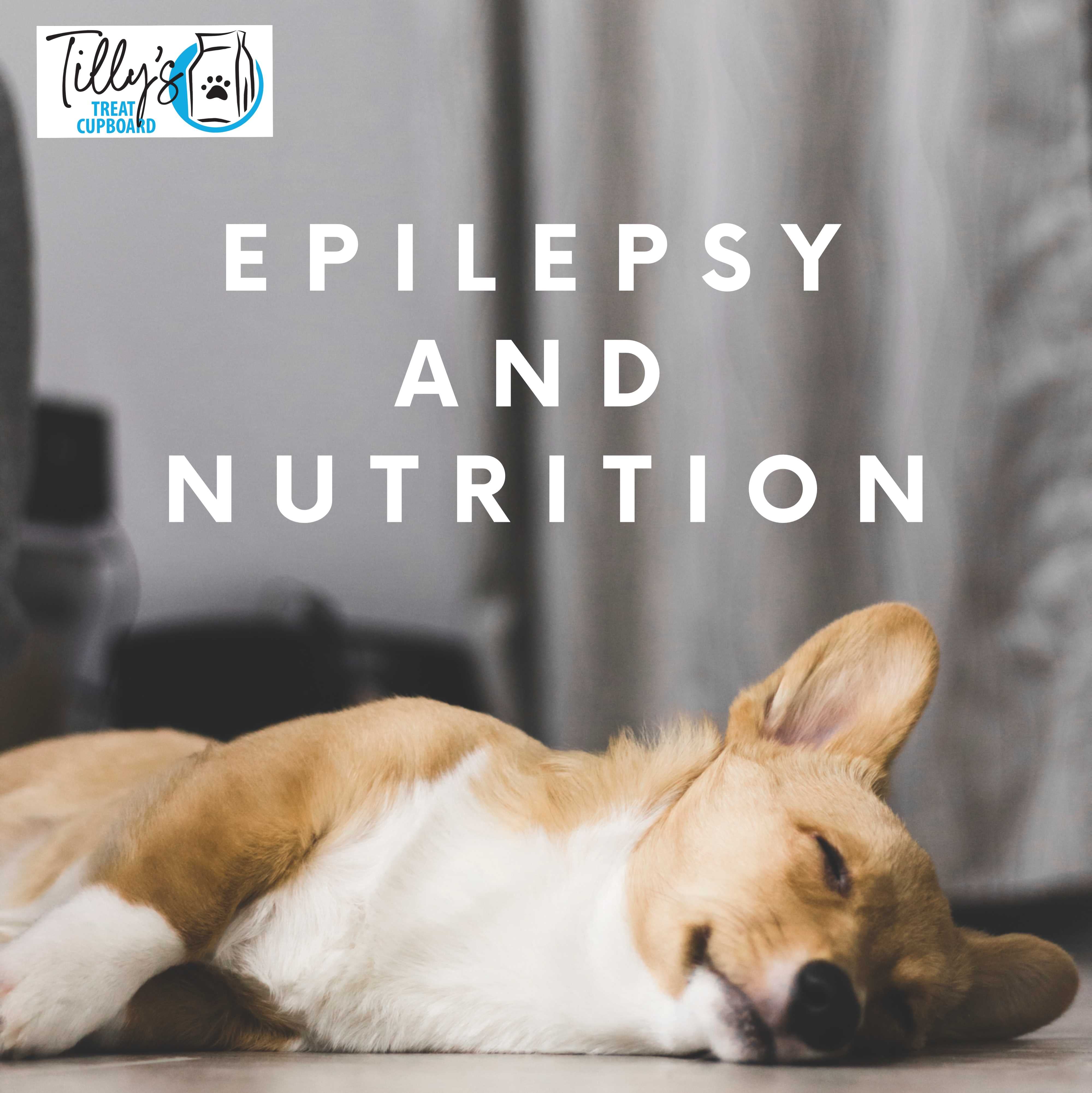
Idopathic Epilespy – Can it be controlled through diet?
Epilepsy is the most common neurological disorder in dogs. Most dogs with epilepsy are thought to have idiopathic epilepsy (IE) which is characterized by recurrent seizures for which there is no identifiable cause.
Although, epilepsy can be controlled to some extent by drugs such as phenobarbital, these drugs come with serious side effects which negatively affect overall quality of life that can outweigh their benefits.
As well has reducing quality of life from anti-epileptic drug (AED) side effects and complications of AED, dogs with epilepsy have an increased risk for developing behavioural changes, such as anxiety and attention-deficit hyperactivity disorder.
It has been suggested that approximately 30% of dogs are drug-resistant.
If drugs can’t help and if they do, cause serious side effects, can diet be of help?
Although certain nutritional strategies are proposed to help control epilepsy, the scientific research supporting these is lacking.
Verdoodt et al (2022) state that the aims for using nutrition in the management of IE are:
• sustenance for adequate brain functions
• halt or decelerate disease progression
• decrease side effects of anti-seizure drugs as well as alleviating behavioural comorbidities of IE
Microbiome
Many diseases, including IE, are thought to occur from intestinal dysbiosis (an imbalance between the types of organism in the gut). This gastrointestinal microbiome is affected by nutrition.
A review of scientific evidence conducted by Mejía-Granados et al (2021), suggests a bidirectional communication between the intestinal microbiota and the central nervous system (CNS). It makes sense that contribution of the microbiome on the CNS and vice-versa can contribute to the development of epilepsy.
“Diet can serve their functions through many different pathways. One potential pathway includes the microbiota-gut-brain axis, which highlights the relationship between the brain and the intestines. Changing the brain’s energy source and a number of dietary sourced anti-inflammatory and neuroprotective factors appears to be the basis for improved outcomes in IE”. (Verdoodt et al., 2022)
Keeping the microbiome diverse and healthy is a key component in reducing seizures (and many other diseases).
A study by Mejía-Granados et al in 2018 showed a reduction in up to 50% of the seizure frequency in 28.9% of patients with epilepsy when they were provided with probiotics to promote the health of the microbiome. Although studies involving dogs are lacking, there is evidence that providing prebiotics and probiotics into a dog’s diet may help reduce the incidence of epilepsy. Therefore, adding suitable prebiotics and probiotics into a dog’s diet may help with the frequency of seizures.
Soluble fibre is an important source of prebiotics and should be added to a dog’s diet. Soluble fibre ferments in the gut and provides ‘food’ for healthy bacteria. Some natural prebiotics are mushrooms, chicory root, garlic, burdock root and dandelion greens.
Probiotics can be given as pre-made supplements. Natural, homemade probiotics include green tripe, sauerkraut, natural yoghurt, kefir and goat milk.
It is important to avoid feeding things that can damage the microbiome such as grains, preservatives, processed foods (kibble!), toxins, vaccines, and medication. If these things can not be avoided, for example medication, then extra support must be given to the gut by supplementing the diet with pre- and pro-biotics.
A dog on AED would definitely benefit from the addition of pre- and probiotics to limit the damage caused by those drugs on the microbiome.
Ketogenic Diet
The ketogenic diet has been used as a strategy for helping human’s control their epilepsy for decades. A ketogenic diet consists of high-fat, adequate-protein, and low-carbohydrate.
Dogs are carnivores with little to no need for carbohydrates. It makes sense that a species-appropriate diet will improve the microbiome and, consequently, have success in reducing seizures. A species-appropriate diet for a dog is typically low-carbohydrate.
Many anecdotal accounts back this theory. Maino et al (2019) discuss two case studies which show that a reduction in seizures when carbohydrates are replaced with protein or fat. When reverting back to include carbohydrates in the diet, the dogs began having seizures again.
The diet works my mimicking ketosis, where the body enters starvation mode and burns fat for energy instead of glucose. Although there is relative significant success in these diets when used in humans, dogs do not easily become ketonic.
Long-chain fatty acids (LCT) are used in the traditional keto diet. However, recent research has looked at what happens when some of these LCTs are substituted for medium chain fatty acid (MCT). The premise being that MCTs are better absorbed by the gastrointestinal tract and produce a more ketogenic effect than LCTs in dogs. Supplementing with MCT oil can benefit dogs with epilepsy.
Carbohydrates are thought to cause over-firing and misfiring of neurons, which leads to increased seizure activity. MCTs protect the brain from glucose-based seizure activity.
MCTs are found in coconut oil, palm kernel oil or can be bought as a supplement (we sell it at Tilly's).
Foods that promote inflammation
Inflammation is the main cause of many diseases and can occur in every part of the body including the brain. It makes sense to avoid ingredients that can cause inflammation, such as foods that trigger allergies or intolerances / sensitivities, chemical additives, wheat, corn, soy, and cow’s milk products. It is also important to avoid gluten as this is specifically linked to neurological problems including seizures
Foods that cause fluctuation in blood sugars
Avoid foods that have a high glycaemic index as these can cause rapid fluctuations in blood sugar, These include common ingredients often found in dog food such as sugars, white rice, wheat, corn, white potatoes, carrots, and peas.
Foods containing glutamate and aspartate
Glutamate and Aspartate are non-essential amino acids. They are the most abundant free amino acid in the brain. They are excitatory neurotransmitters synthesised from glucose. Glutamate is the principal excitatory neurotransmitter in the brain and, as such, it inevitably plays a role in the initiation and spread of seizure activity (Meldrum, 1994). Micro-dialysis studies show an increase in the extracellular concentration of glutamate and aspartate before or during seizure onset, suggesting that either enhanced amino acid release or impaired uptake contributes to seizure initiation (Chapman, 2000)
Food high in these amino acids include: grains, especially wheat, barley and oats; all cow’s milk products (opt instead for goat’s milk, which is much lower); beans, especially soy, pinto, lima, black, navy and lentils; nuts, especially peanuts, cashews and pistachios; seeds, including sunflower and pumpkin; any food sweetened with aspartame; rabbit; turkey; and monosodium glutamate (MSG).
Herbs
Rosemary is a common additive to commercial dog as an antioxidants and anti-inflammatory. However, the data as to whether it increases seizures is lacking. Along with oregano, it is a neurotoxin. Neurotoxins act on presynaptic proteins and neurotransmitters and increase the prevalence of seizures
There are some herbs that can decrease the seizure threshold, increasing the potential for a seizure. These include: kava kava, skullcap, evening primrose oil, borage seed oil, goldenseal, ginkgo, ginseng and wormwood. (Becker, 2017)
Vitamins / Minerals
Calcium plays an important role in preventing involuntary muscle contractions and over stimulation of nerves. Dog’s that have low calcium levels in their blood (hypocalcaemia) will suffer seizures and muscle tremors (Hutchinson et al., 2012).
As well as being fed too little calcium, excessive Vitamin D can lead to hypocalcaemia
Manganese (Mn), selenium (Se), and zinc (Zn) serum levels have been found to be higher in uncontrolled epileptic dogs than normal dogs (Vitale et al., 2019). Although this could be an effect of seizures, it does suggests a possible role in the cause of epilepsy and therefore the importance of feeding these minerals at the correct level in a diet of dogs suffering seizures.
Thiamine (Vitamin B1 found in Brewer’s yeast, beef, pork, nuts and whole grains) is essential for normal nerve function. Dietary supplementation betaine-HCl (a digestive enzyme which is a natural source of hydrochloric acid), dimethylglycine (found in seeds and liver), taurine (found in meat, especially heart, fish, eggs, goat’s milk) and proanthocyandinn (found in some fruits and nuts) is stated to be beneficial to the epileptic dogs.
Medication
As an aside note (because it has nothing to do with nutrition but is without doubt a significant cause of seizures), avoid chemical parasite prevention (flea, tick and wormers). Just a quick google search will highlight the link between these and seizure. It's scary reading!
In summary, although it is not clear if diet can be a cause of idiopathic epilepsy, there is certainly evidence pointing its role. A species-appropriate diet containing higher levels of protein and fat and low levels of carbohydrates, avoiding inflammatory and high glycaemic foods and introducing functional foods (such as herbs, prebiotics and probiotics) can all have positive effects on the incidence of seizures. Ensuring vitamins and minerals are given in the correct amount and not in toxic doses (as in Vitamin D) or too low doses (e.g. thiamine) is essential.
Bibliography
BS;, M. (1994) The role of glutamate in epilepsy and other CNS disorders, Neurology. U.S. National Library of Medicine. Available at: https://pubmed.ncbi.nlm.nih.gov/7970002/ (Accessed: January 22, 2023).
Can raw dog food cause seizures? (2020) Raw Food for Pets. Available at: https://rawfoodforpets.com/can-raw-dog-food-cause-seizures/ (Accessed: February 22, 2023).
Chapman, A.G. (2000) “Glutamate and epilepsy,” The Journal of Nutrition, 130(4). Available at: https://doi.org/10.1093/jn/130.4.1043s.
Han, F.Y. et al. (2021) “Dietary medium chain triglycerides for management of epilepsy: New Data from human, dog, and rodent studies,” Epilepsia, 62(8), pp. 1790–1806. Available at: https://doi.org/10.1111/epi.16972.
Hutchinson, D. et al. (2012) “Seizures and severe nutrient deficiencies in a puppy fed a homemade diet,” Journal of the American Veterinary Medical Association, 241(4), pp. 477–483. Available at: https://doi.org/10.2460/javma.241.4.477.
Larsen, J.A., Owens, T.J. and Fascetti, A.J. (2014) “Nutritional management of idiopathic epilepsy in dogs,” Journal of the American Veterinary Medical Association, 245(5), pp. 504–508. Available at: https://doi.org/10.2460/javma.245.5.504.
Mejía-Granados, D.M. et al. (2021) “Gut-microbiota-directed strategies to treat epilepsy: Clinical and experimental evidence,” Seizure, 90, pp. 80–92. Available at: https://doi.org/10.1016/j.seizure.2021.03.009.
Thomas, W.B. (2000) “Idiopathic epilepsy in dogs,” Veterinary Clinics of North America: Small Animal Practice, 30(1), pp. 183–206. Available at: https://doi.org/10.1016/s0195-5616(00)50009-6.
Thomas, W.B. (2010) “Idiopathic epilepsy in dogs and cats,” Veterinary Clinics of North America: Small Animal Practice, 40(1), pp. 161–179. Available at: https://doi.org/10.1016/j.cvsm.2009.09.004.
Verdoodt, F. et al. (2022) “The role of nutrition in canine idiopathic epilepsy management: Fact or fiction?,” The Veterinary Journal, 290, p. 105917. Available at: https://doi.org/10.1016/j.tvjl.2022.105917.
Vitale, S. et al. (2019) “Comparison of serum trace nutrient concentrations in epileptics compared to Healthy Dogs,” Frontiers in Veterinary Science, 6. Available at: https://doi.org/10.3389/fvets.2019.00467.
- Choosing a selection results in a full page refresh.





